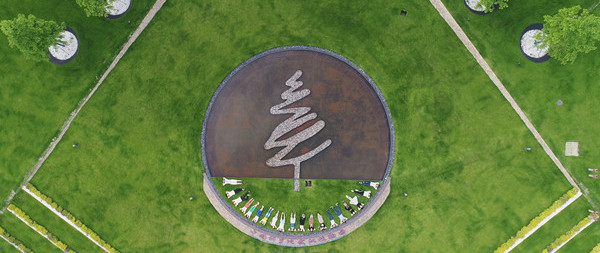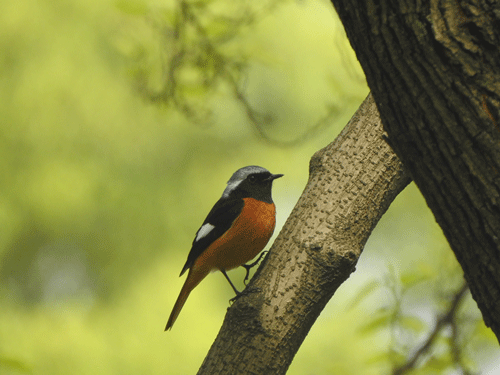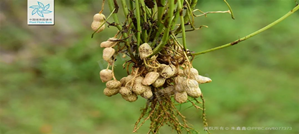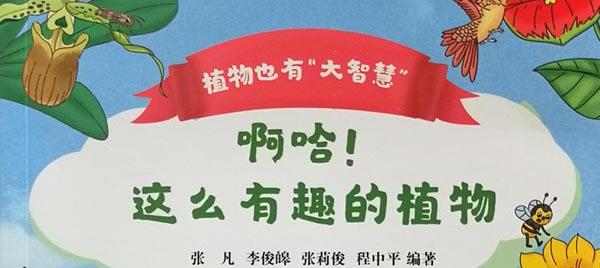近日,CGTN英語頻道和法語頻道分別播出中國科學院中-非聯合研究中心在《肯尼亞植物志》編撰等生物多樣性保護方面做出的努力與成效。
《肯尼亞植物志》是由中肯兩國科學家多次野外聯合科考、合作研究后聯合編撰的大型國際合作項目,是肯尼亞首本國家植物志書。
【嘉賓】王青鋒
中國科學院武漢植物園主任
中國科學院中-非聯合研究中心主任
“作為一個植物學家,最大的樂趣就是到野外去、到一線去認識和發現沒有見過或者說以前見過、但是并不多見的植物,我想“新發現”是對于一個植物學家最好的褒獎。截至目前,我們已經發表了將近20個新的植物物種,包括具有一定觀賞、食用及藥用價值的植物。”
【嘉賓】羅伯特·吉圖魯
中國科學院中-非聯合研究中心非方主任
“I'm glad to see that in the Flora of Kenya project, we have managed to describe quite a number of new species that have not been described in the Kenya Flora. The first plant we found is called “Sedum keniense”. We give it the name to commemorate the country. This plant was found on mount Kenya, which is the tallest mountain in Kenya. It can become a very important crop because we have found its possibility to be used as a dessert for human food. ”
【嘉賓】王青鋒
中國科學院武漢植物園主任
中國科學院中-非聯合研究中心主任
“對肯尼亞來講,實際上它從社會經濟的發展、生態環境保護的需求,以及對于植物志的系統的整理的需求是迫在眉睫,尤其從農業發展的角度,因為缺乏規模化、現代化的農業生產所帶來的影響還是存在。”
【嘉賓】羅伯特·吉圖魯
中國科學院中-非聯合研究中心非方主任
“When I think about the Flora of Kenya project, I can think straight away of about six key benefits. The flora of Kenya will showcase the rich diversity of plant species in the region,which is vital for maintaining healthy ecosystems and supporting various wildlife species. The scientific and government authorities in Kenya can better understand its natural resources and walk towards their preservation. The second one is ecosystem services. Many plant species contribute to the ecosystem services such as soil stabilization, water purification, and carbon sequestration. Medicinal and agricultural potential, climate resilience, community engagement, and international collaboration are all its benefits. ”
在植物學家們的眼中,生態保護作為中非合作重要領域之一,更是以金磚國家為首的發展中國家需要共同致力于拓展合作的方向。
【嘉賓】王青鋒
中國科學院武漢植物園主任
中國科學院中-非聯合研究中心主任
“生物多樣性包括對生態環境的保護,生態環境的治理是人類生存和發展的回避不了的一個現實問題。我認為,不管是發達國家還是發展中國家,尤其是對于發展中國家,對于生物多樣性保護以及對生態環境保護等的需求更加緊迫。”
【嘉賓】羅伯特·吉圖魯
中國科學院中-非聯合研究中心非方主任
“I believe there are a number of very important cooperation programs and projects that developing countries led by the bricks countries can engage in for ecological protection. The first one is renewable energy, collaboration, developing countries can collaborate to expand the use of renewable energy sources, such as solar, wind and hydroelectric power. The other area is biodiversity conservation. Such collaboration can contribute to a more sustainable future for all mankind. ”













